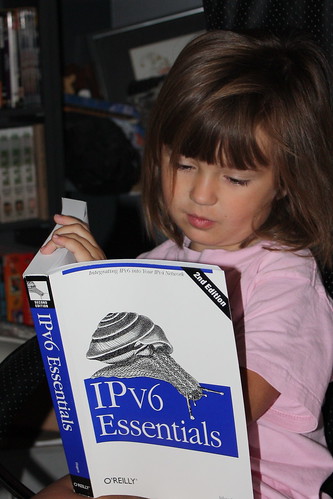In the November 2008 issue of Air & Space (Smithsonian) Magazine had an interesting article on Boeing's Aircraft on Ground (AOG) team. The author was able to follow the team as they repaired a Boeing 767 that had been damaged when it had been backed into a jet blast fence and the rear pressure bulkhead had been punctured.
[Air & Space said that they were asked not to disclose whose airliner this was and what airport that this took place at]
Here's a picture from Boeing - showing the vertical stabilizer being put back on (contrary to the caption). If this was the only picture you saw - you wouldn't know that the caption was wrong. I'll explain how I can tell in a minute - the hint is in the lower left hand corner of the picture.
This past weekend on the National Geographic channel - their (HGC) series "World's Toughest Fixes" featured this specific 'fix'. NGC wasn't nearly as shy about saying where this was all taking place. It was in Paris, at Charles DeGaulle airport. The damage occurred on Chrismas Eve (2007).
If you can catch this episode either this week or in repeats - set the Tivo/DVR for it. Its interesting to see what goes into a job like this. If you don't get NatGeo or don't have the time for it - click here - for a quick 2 minute summary of the repair.
Ok - so back to that first picture. The lower left hand corner is a video camera (filming the NGC episode), and the green section of the underside of the fuselage is what gives this picture away as being post-repair. That green section of the fuselage is the section of skin that was replaced as part of the repair.
Also - look at this picture - showing the pressure bulkhead being replaced - the guy on the right in the red hat is the host of "World's Toughest Fixes." You can pick him out because he is the only one with chest pouch/toolkit.
Finally - to answer the question 'whose airliner was this' - I present links to two pictures;
It actually wasn't too hard to find pictures matching this airline livery on-line. The TV show helped somewhat - when they had a close up of the vertical stablizer being put into its temp cradle - you could see what looked like two white birds in flight (in between the red and green fields).
BTW - the airline really wanted to get the plane back in the air. They only have two 767's in service. So while this one was laid up for 3 weeks - they long range fleet was at 1/2 capacity.
The Biggest Deepfake Porn Website Is Now Blocked in the UK
-
The world's most-visited deepfake website and another large competing site
are stopping people in the UK from accessing them, days after the UK
government ...
17 hours ago










